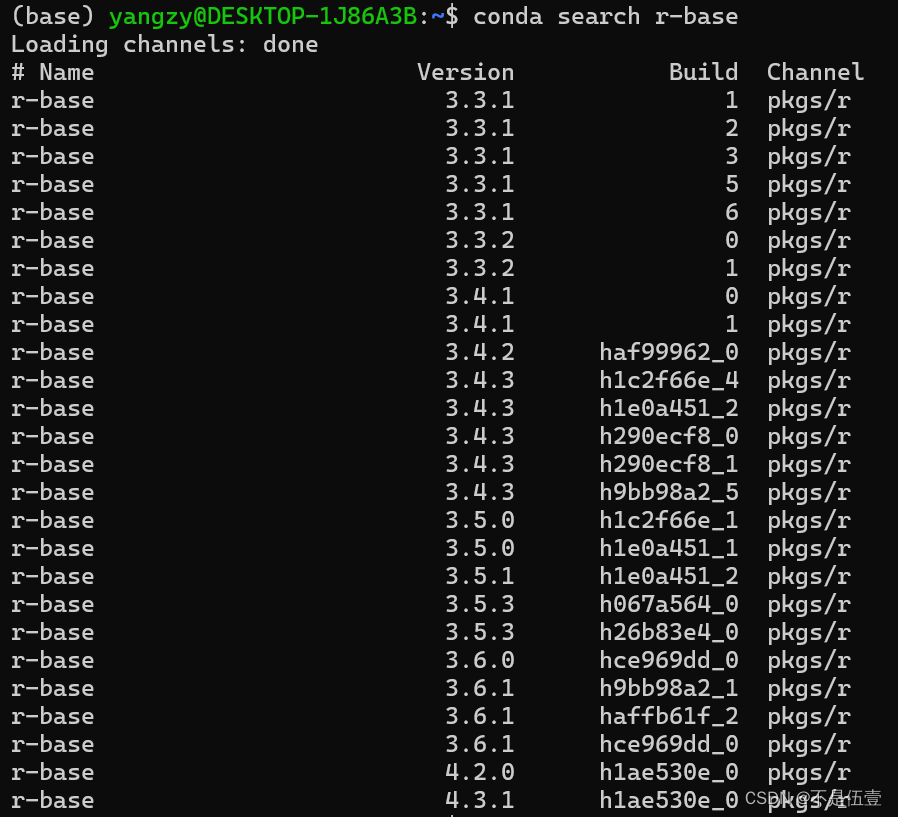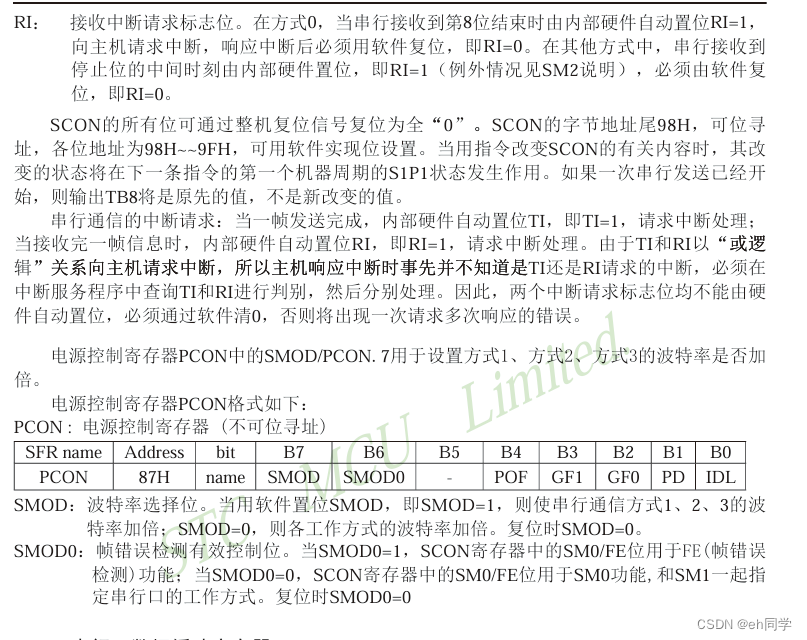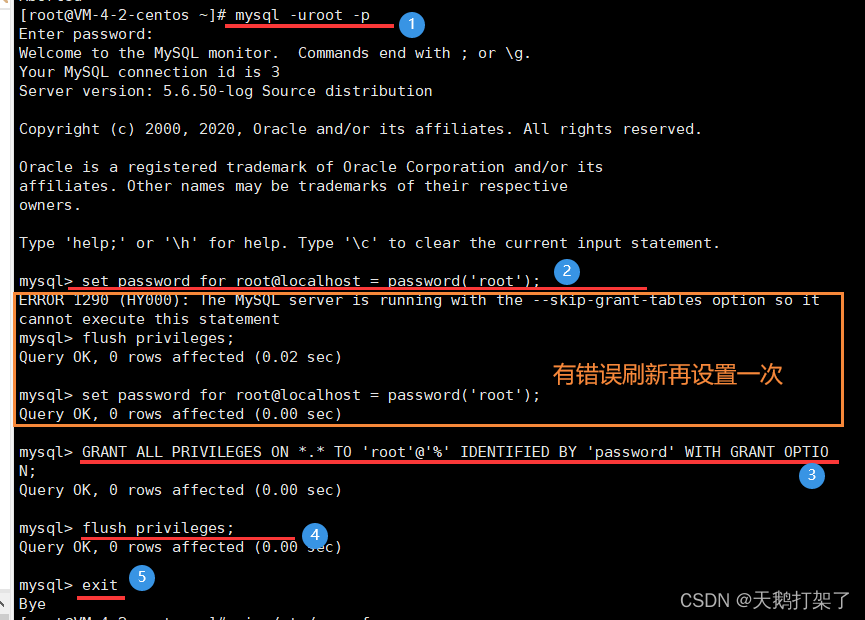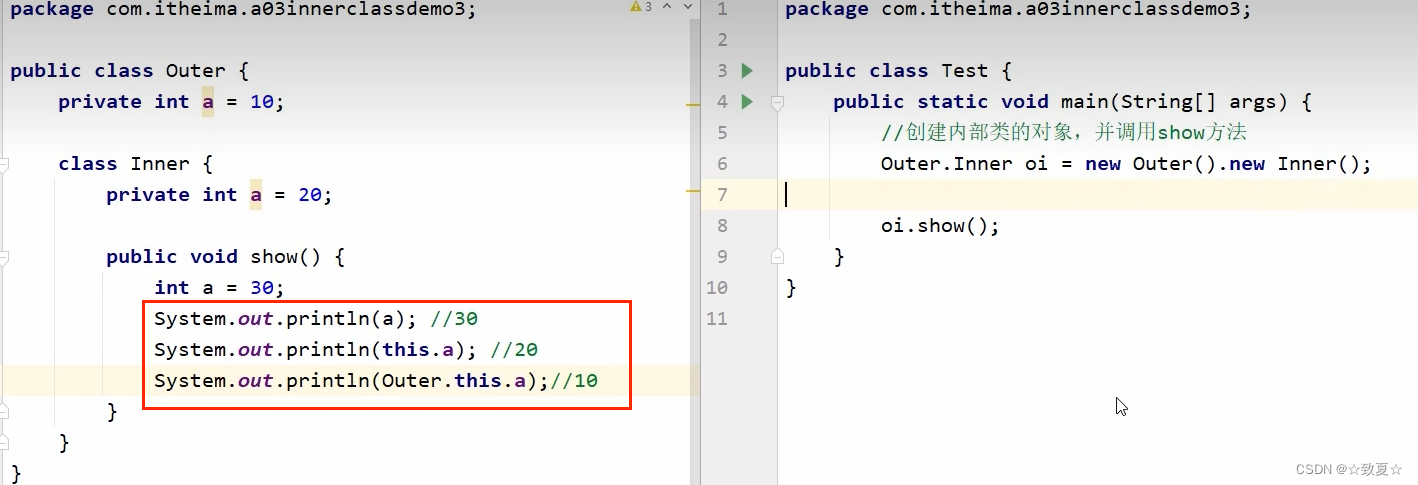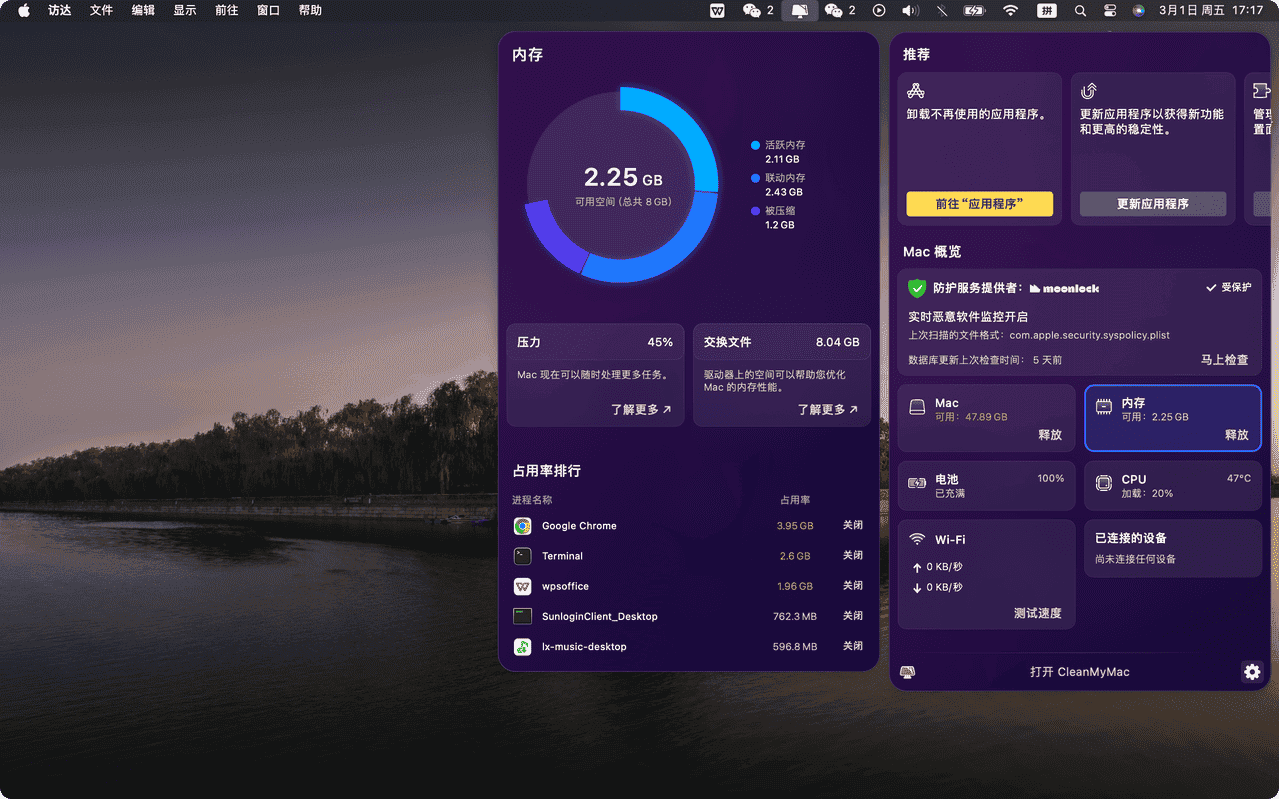目录
一 什么是Spring Cache
二 Spring Cache 各注解作用
①EnableCaching
②Cacheable
③CachePut
④CacheEvict
三实现步骤
①导入spring cache依赖和Redis依赖
②配置Redis连接信息
③在启动类上加上开启spring cache的注解
④ 在对应的方法上加上需要的注解
一 什么是Spring Cache
spring cache是一个框架,实现了基于注解的缓存功能,只需要简单的加一个注解,就能实现缓存功能。
而且spring cache提供了多种缓存的实现,例如:
①EHCahe
②Caffeine
③Redis
想用那种缓存只需要导入对应的jar包即可。
本次我们使用Redis缓存作为用例。
二 Spring Cache 各注解作用
①EnableCaching
开启缓存注解功能 , 通常加在启动类上。
②Cacheable
在执行方法前先查询缓存中是否有数据,如果有数据,则直接返回缓存数据;如果没有数据,则调用方法并将方法返回值放到缓存中。
③CachePut
将方法返回值放到缓存中
④CacheEvict
将一条或者多条数据从缓存中删除
三实现步骤
①导入spring cache依赖和Redis依赖
<!-- spring cache缓存--><dependency><groupId>org.springframework.boot</groupId><artifactId>spring-boot-starter-cache</artifactId></dependency> <!-- 使用redis缓存--><dependency><groupId>org.springframework.boot</groupId><artifactId>spring-boot-starter-data-redis</artifactId></dependency>
②配置Redis连接信息
这是在yml文件中配置的
③在启动类上加上开启spring cache的注解
@SpringBootApplication @MapperScan("com.fs.mapper") @Slf4j @EnableCaching //开启springCache缓存 public class user_managementApplication {public static void main(String[] args) {SpringApplication.run(user_managementApplication.class , args);log.info("server is start...");} }
④ 在对应的方法上加上需要的注解
例如:我在下面这个新增用户的方法上,需要把返回的用户存入缓存中去
@PutMapping("/add")@CachePut(cacheNames = "userCache" , key = "#user.uid") //比如uid为3 ,那么得到存入redis的可以为:“userCache::3”public Result addUser(@RequestBody User user){log.info("进入新增用户:{}",user);userService.addUser(user) ;return Result.success() ;}这里需要注意一点,因为我这个方法并没有返回用户对象,返回的是一个Result , 所以存储的也只是一个Result。
另外,这个uid是主键回显的,因为我这里插入使用的mp自带的,所以mp会自己帮我把id回显,我只需要从user中获取就行了,如果你是用mybatis自己写的sql语句,那么你需要自己设置主键回显,可以在mapper接口层使用如下注解:
@Options(useGeneratedKeys = true , keyProperty = "id") //把主键id映射到“id”返回@Update("update tb_user set is_can_login=0 where uid=#{uid}")void updateStatueByUid(Integer uid);
最后我们可以看见数据成功缓存到了redis,并且key也是我们设置好的。

其他还有很多注解,这里就不一一做示范了,根据自己的需要使用不同注解即可。






